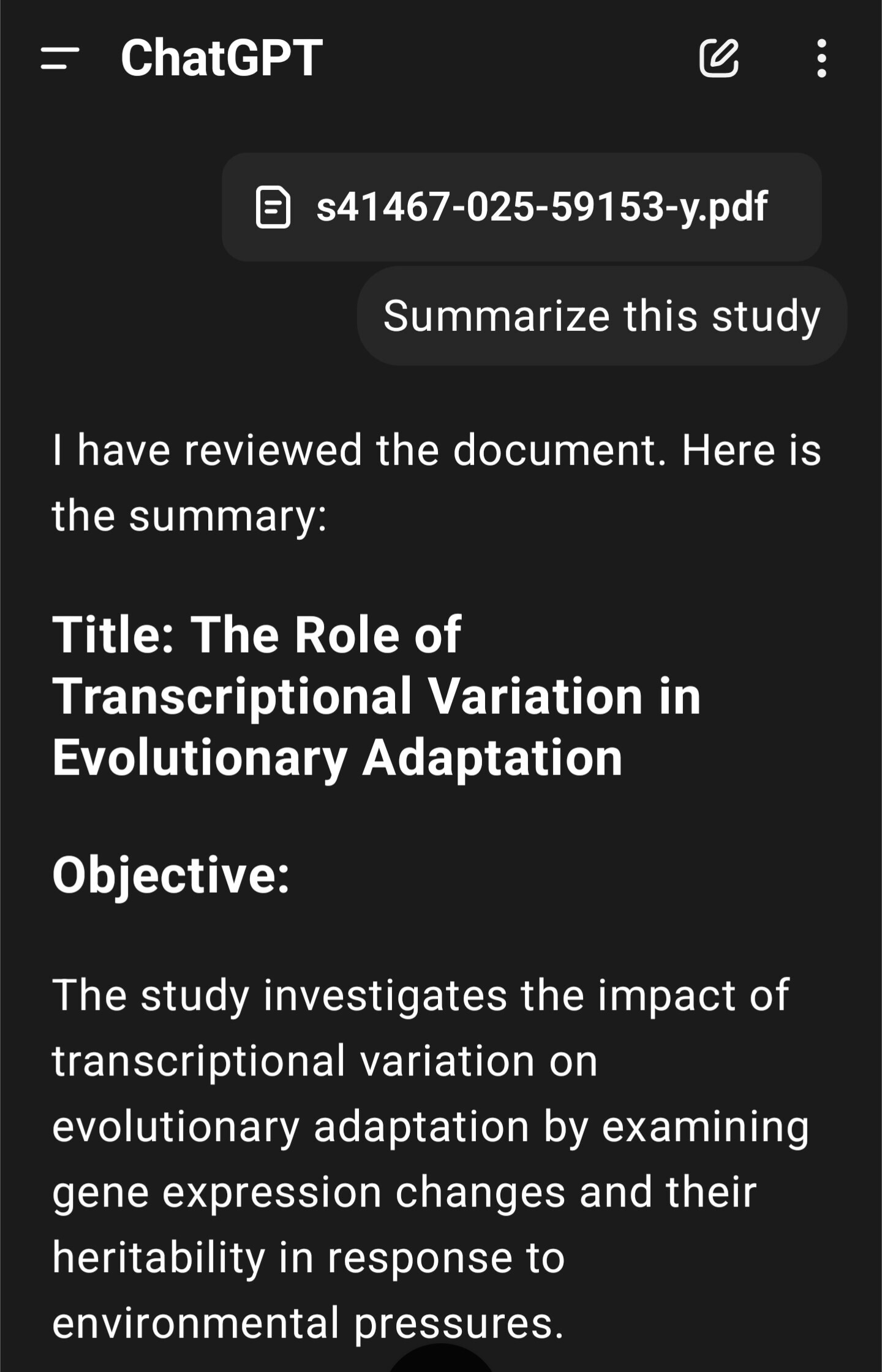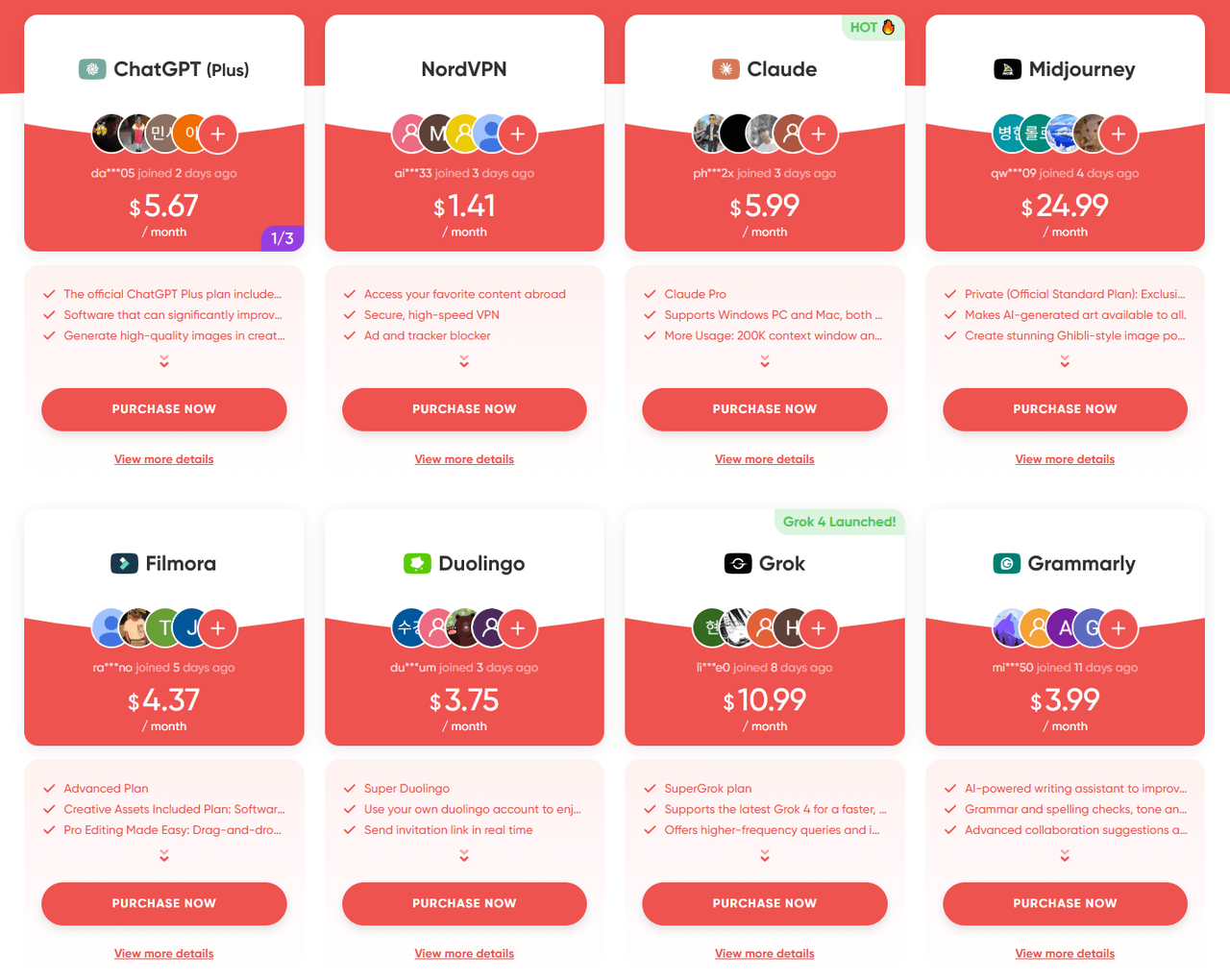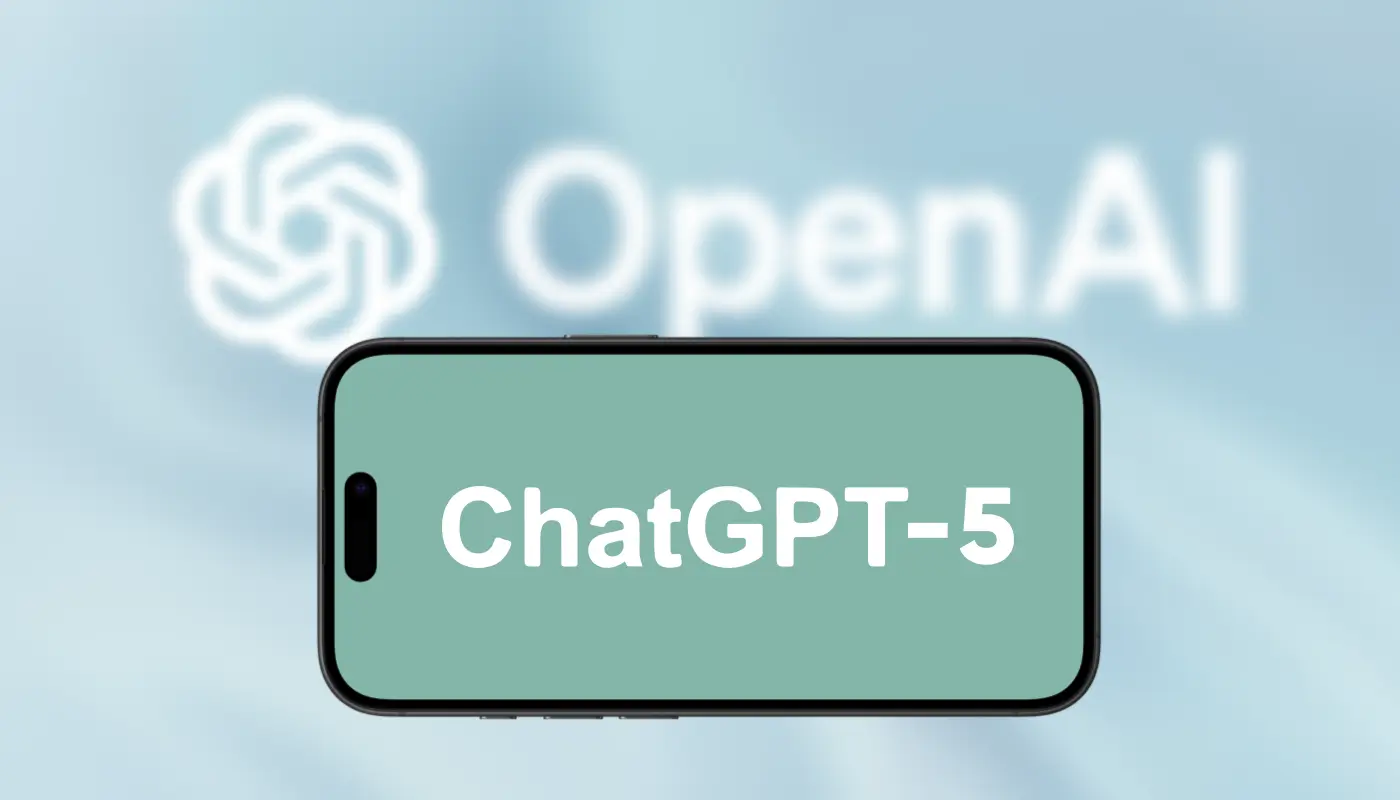Over the past year, OpenAI has rolled out a series of major models—including GPT-4o, o1, and o3—pushing AI beyond a simple tool toward becoming a more intuitive assistant capable of complex reasoning. But all of that was just the groundwork.
Now, GPT-5 is quietly approaching. OpenAI CEO Sam Altman recently shared on X, “We’re about to release GPT-5,” noting that the new model will feature a completely unified architecture designed to solve one of users’ biggest pain points: constantly switching between different models. The goal is to make the overall experience simpler and more seamless.
So, what real improvements will this unified architecture bring? And how will GPT-5 differ from GPT-4.5?
In this article, I’ll walk you through everything you need to know about GPT-5—its expected release timeline, core features, and key upgrades over previous versions—to help you get a clear picture of what’s coming next in AI.
When Will ChatGPT-5 Be Released?
Based on OpenAI’s development timeline, many industry watchers believe GPT-5 is likely to launch in August 2025—a timeframe that aligns with developer planning cycles and sets the stage for OpenAI’s broader fall product lineup.
Five months ago, Sam Altman first outlined the vision for GPT-5: a “final model” that would integrate the full range of OpenAI’s technological capabilities. More recently, in a video on OpenAI’s official YouTube channel, he mentioned that GPT-5 could arrive sometime this summer.
With mounting signals from multiple sources, it’s clear that GPT-5 is nearing release—and may be officially unveiled in the coming weeks.

What Are the Core Features of GPT-5?
Unified Model Architecture
As a longtime ChatGPT user, I’ve noticed a growing pain point: while the models keep getting more powerful, the choices are becoming increasingly confusing. We’ve had GPT-3.0, GPT-3.1, and then the o-series models, like o3…, and switching between them often feels overwhelming.
OpenAI seems to have recognized this. According to a roadmap shared by CEO Sam Altman on X, the company plans to merge the previously separate GPT and o-series models into one unified system. Going forward, models like o3 will no longer be released separately. Instead, all major capabilities will be integrated directly into GPT‑5.
This unified architecture is expected to deliver a truly seamless user experience. Whether you’re interacting through text, voice, or images, GPT-5 will be able to understand and respond naturally in real time. For users, that means simpler interactions, more flexibility, and a much more intuitive way to use AI.
OPENAI ROADMAP UPDATE FOR GPT-4.5 and GPT-5:
We want to do a better job of sharing our intended roadmap, and a much better job simplifying our product offerings.
We want AI to “just work” for you; we realize how complicated our model and product offerings have gotten.
We hate…— Sam Altman (@sama) February 12, 2025
Expanded Context Window
One of the key limitations of current GPT models is the size of their context window—the amount of text the model can "remember" in a single conversation. Once the input exceeds this limit, earlier parts may be ignored or truncated, leading to broken logic, repetitive answers, or missed references—especially when working with long articles, complex documents, or extended conversations.
With GPT-5 expected to be trained on larger datasets and more complex tasks, its ability to understand and retain information becomes even more critical. To meet this demand, GPT-5 is likely to feature a significantly expanded context window. This means it will be able to process and reference a much larger amount of text in one go, resulting in responses that are more coherent, better aligned with earlier inputs, and overall more contextually aware.
Deep Integration with Agent Architecture
On July 17, OpenAI introduced a major leap in capability with the launch of ChatGPT’s Agent feature—an intelligent agent system powered by a sandboxed virtual machine (VM). Unlike traditional chatbots, this system goes far beyond conversation: it can understand context, decide what actions to take, browse the web, call external APIs, run code, and handle multi-step tasks with complex reasoning.
With GPT-5, this capability is expected to be deeply integrated as a native feature. In other words, users won’t need to install plugins or write detailed prompts—GPT-5 will be able to understand what you want and take action accordingly, all on its own.
Imagine saying, “Generate a summary of last week’s top tech news and turn it into a PowerPoint.” GPT-5 could automatically search for relevant content, extract key insights, create visuals, and compile everything into a ready-to-use presentation—no follow-up steps required.
This evolution marks a shift from ChatGPT being just a conversation partner to becoming a proactive, intelligent tool that can handle real tasks independently—dramatically improving everyday productivity.
How Does GPT-5 Improve on GPT-4.5?
While GPT-5 hasn’t been officially released yet, early insights suggest it will bring major improvements over GPT-4.5—particularly in factual accuracy and autonomous reasoning.
Factual Accuracy
One of the biggest concerns users have with AI products is factual accuracy—especially the tendency to make things up when generating content. While GPT-4.5 reduced major error rates by about 20% compared to its predecessor, o1, inaccurate outputs are still common.
For instance, users on the OpenAI Developer Community have reported cases where GPT-4 was asked to summarize a document but ended up producing a summary that sounded convincing yet wasn’t actually based on the original content. This kind of “AI hallucination” can be misleading and often undermines trust in the model’s responses.

Given that o3 has already shown stronger reasoning and accuracy across several advanced benchmarks, it’s reasonable to expect that GPT-5 will build on this progress—further improving real-time factual accuracy and contextual understanding. As a result, it could significantly reduce the chances of AI hallucinations, making the model more trustworthy and dependable in everyday use.
Autonomous Reasoning
With GPT‑4.5, handling complex tasks still requires users to manually break down the problem, outline specific steps, and sometimes even switch modes or activate plugins. As mentioned earlier, GPT‑5 is expected to go a step further by understanding your intent and planning the execution automatically.
For example, if you ask GPT‑4.5 to create a product launch plan that includes a budget, timeline, and market analysis, you’ll likely need to guide it through each section over multiple prompts. In contrast, GPT‑5 is expected to handle everything in a single input—reasoning through the task and delivering a clear, comprehensive plan.
As its autonomous reasoning improves, GPT‑5 could gain the ability to understand the big picture and independently complete complex tasks from start to finish.
How Is GPT-5 Trained?
Training Data & Scale
It’s estimated that GPT-5 was trained on more than 520 trillion tokens—an enormous dataset covering everything from books and news articles to social media posts and academic papers. This broad data mix is designed to help the model handle everything from casual conversations to complex, domain-specific tasks with ease.
Training Infrastructure
GPT-5’s training runs on Microsoft’s Azure supercomputing infrastructure, powered by hundreds of thousands of next-gen GPUs like the NVIDIA H100 and H200. Estimates suggest the scale could range from 250,000 to 500,000 GPUs, with the entire training process taking several months to complete.
Training Methods
Although OpenAI hasn’t released the full details of how GPT‑5 was trained, based on what we know about GPT‑4.5, it’s likely that GPT‑5 builds on and enhances three core training approaches.
First is Supervised Fine-Tuning, where the model learns from a large set of high-quality answers written by human experts. This helps it develop more natural and accurate ways of expressing itself.
Second is Reinforcement Learning from Human Feedback (RLHF). In this method, the model generates multiple possible responses, and humans select the best one. The model then learns from that feedback to better align its answers with human preferences.
The third is Reasoning-Enhanced Training, a technique introduced with GPT‑4o. It teaches the model to pause and think before responding—analyzing the question, identifying whether something is a system instruction or a user request, and responding more logically and reliably when faced with complex tasks.
Together, these three training methods are expected to give GPT‑5 a stronger foundation—enabling it to better understand your intent and deliver responses that are not only accurate but also well-reasoned.
How Much Will GPT‑5 Cost?
According to the roadmap shared by Sam Altman on X, GPT‑5 will follow OpenAI’s current subscription model. Free-tier users will have unlimited access to basic chat under the “standard intelligence” setting.
To unlock the full capabilities of the new model, however, a paid subscription will be required. Most sources expect the ChatGPT Plus plan to remain at $20/month, with early access to GPT‑5’s high-performance features on launch day. Team and Enterprise/Pro tiers will offer access to the most advanced intelligence levels and additional tools.
In short, if you want to experience everything GPT‑5 has to offer as soon as it launches, you’ll need to subscribe to the Plus plan or a higher tier.
What’s the Most Affordable Way to Subscribe to GPT‑5?
If the $20/month price tag feels a bit steep, consider using GamsGo—a subscription-sharing platform that offers access to ChatGPT Plus and other popular AI tools at a fraction of the official cost. You’ll get full account functionality with no difference in user experience. For anyone focused on value and performance, it’s a smart and budget-friendly alternative.

Summary
For everyday users, ChatGPT-5 could mark a meaningful leap forward. Especially for those who rely on AI for writing, brainstorming ideas, coding, or boosting productivity, improvements in memory, logic, and creative output could fundamentally change the way we interact with AI.
Will ChatGPT-5 truly live up to expectations? Time will tell.
FAQ
Is GPT-5 coming out?
What will GPT-5 be able to do?
What's the difference between GPT-4 and GPT-5?
Related reading







